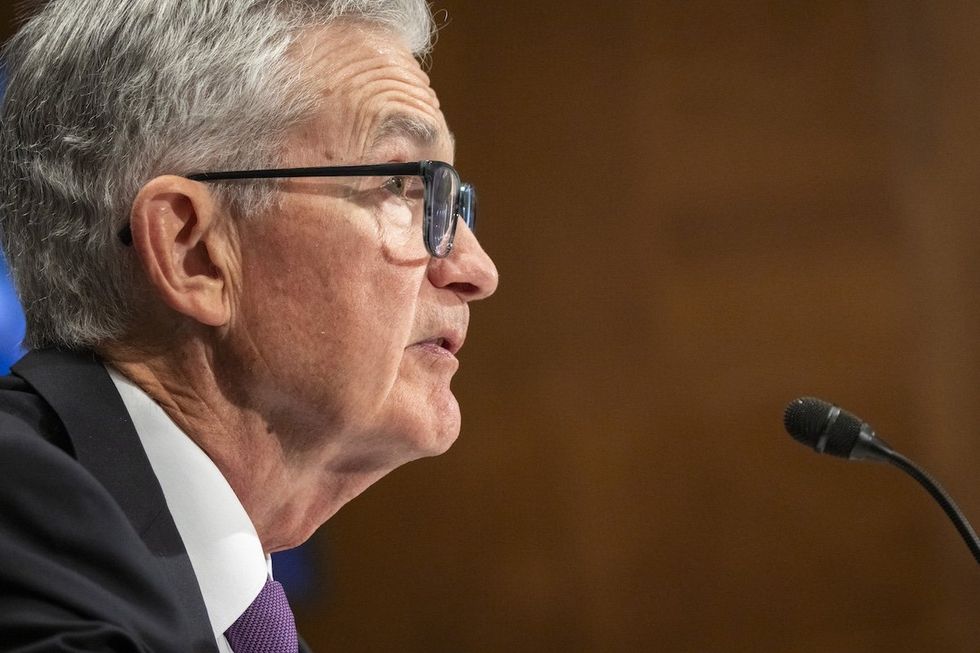The millions of homeowners who have seen their mortgage payments double in recent years would no doubt concur with Mark Twain in his assessment of bankers – as the type of people who lend you an umbrella when the sun is shining and want it back as soon as it starts to rain.
Hopes for a break in the monetary policy clouds were frustrated this week as two North American central bankers said that interest rate cuts remain some way off.
Tiff Macklem, governor of the Bank of Canada, said yesterday that the bank’s governing council decided that rates will stay at 5%, at least until it meets again in April, as inflation of close to 3% means underlying pressures persist.
“We need to give higher interest rates more time to do their work,” he said.
The same day, Jerome Powell, chair of the Federal Reserve, told members of the House Financial Services Committee that the Fed is on a “good path” to achieving the desired “soft landing” of a growing economy with inflation back to its 2% target but that further progress is not assured.
The notes of caution come despite both US and Canadian economies avoiding recession. The US economy grew at an annualized rate of 3.2% last quarter. Even Canada’s anemic 1% growth rate suggests monetary policy is working to relieve price pressures, without choking demand.
Macklem said he is confident rates are high enough and that the discussion has now shifted to whether they need to stay at their current level.
Both central bankers characterized future progress as gradual and uneven, as wage growth remains in the 4-5% range.
But the unspoken pressure is political. A Liberal government in Canada will hand down a federal budget on April 16, less than a week after the next governing council decision. The budget date all but rules out the central bank's April meeting as a possibility for a rate cut, given the prospect of inflationary federal government spending.
In the US, it is an election year, which puts inevitable pressure on the Fed from politicians who will have to face angry voters. Powell said he acknowledged the risks of waiting too long to ease monetary policy and the damage that might cause the economy. But he said he did not want to ease credit conditions too soon and see inflation re-accelerate.
Investors expect an initial rate cut in June. Fed officials last year projected three quarter-point cuts this year, but Powell said the Fed would like to see more data to increase confidence that inflation is moving down to 2% before reducing the policy rate.
The benchmark rate has been held in the 5.25-5.5% rate since July.
For cash-strapped homeowners and consumers, the post-inflation rainbow can’t come quickly enough.






